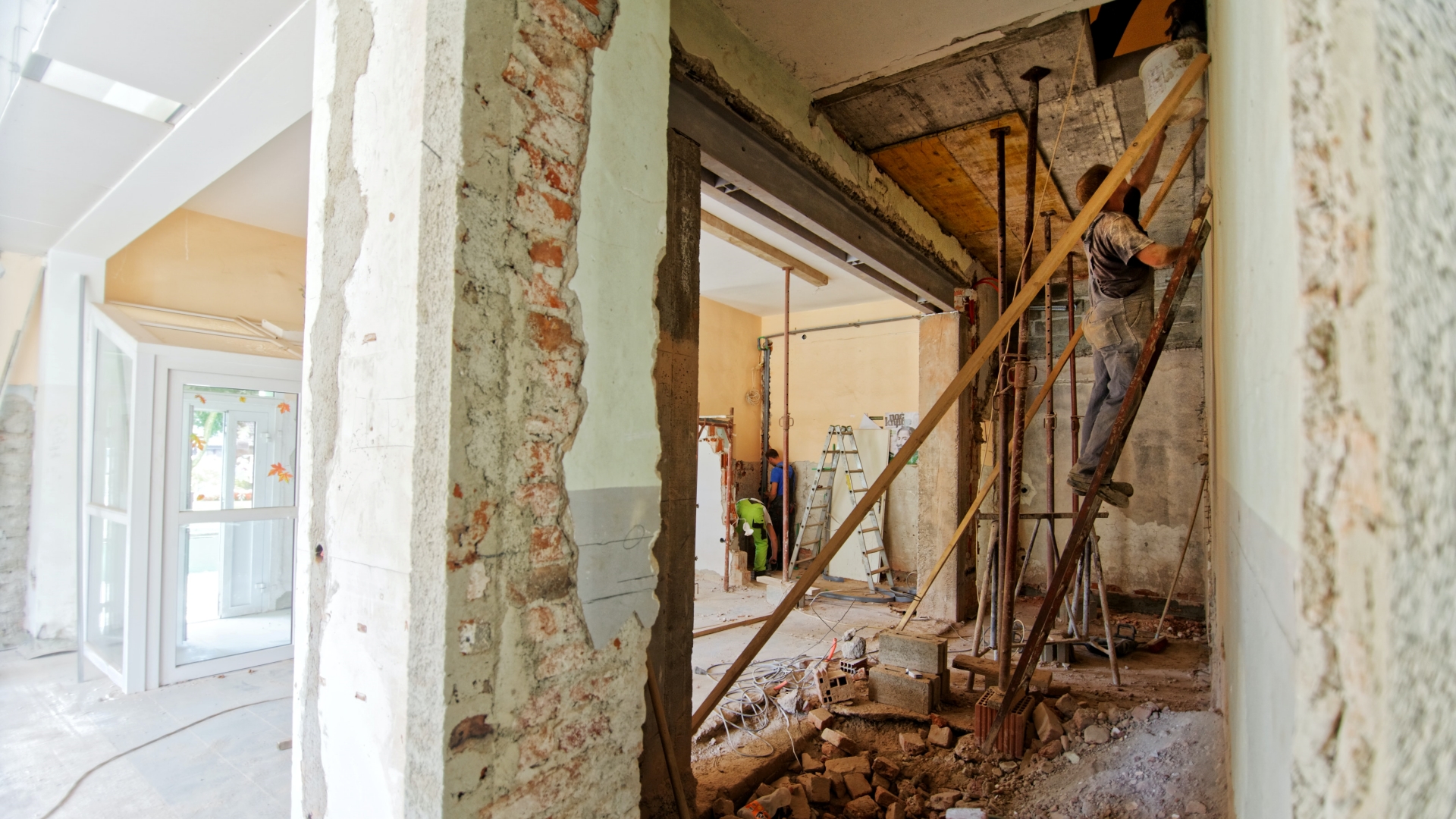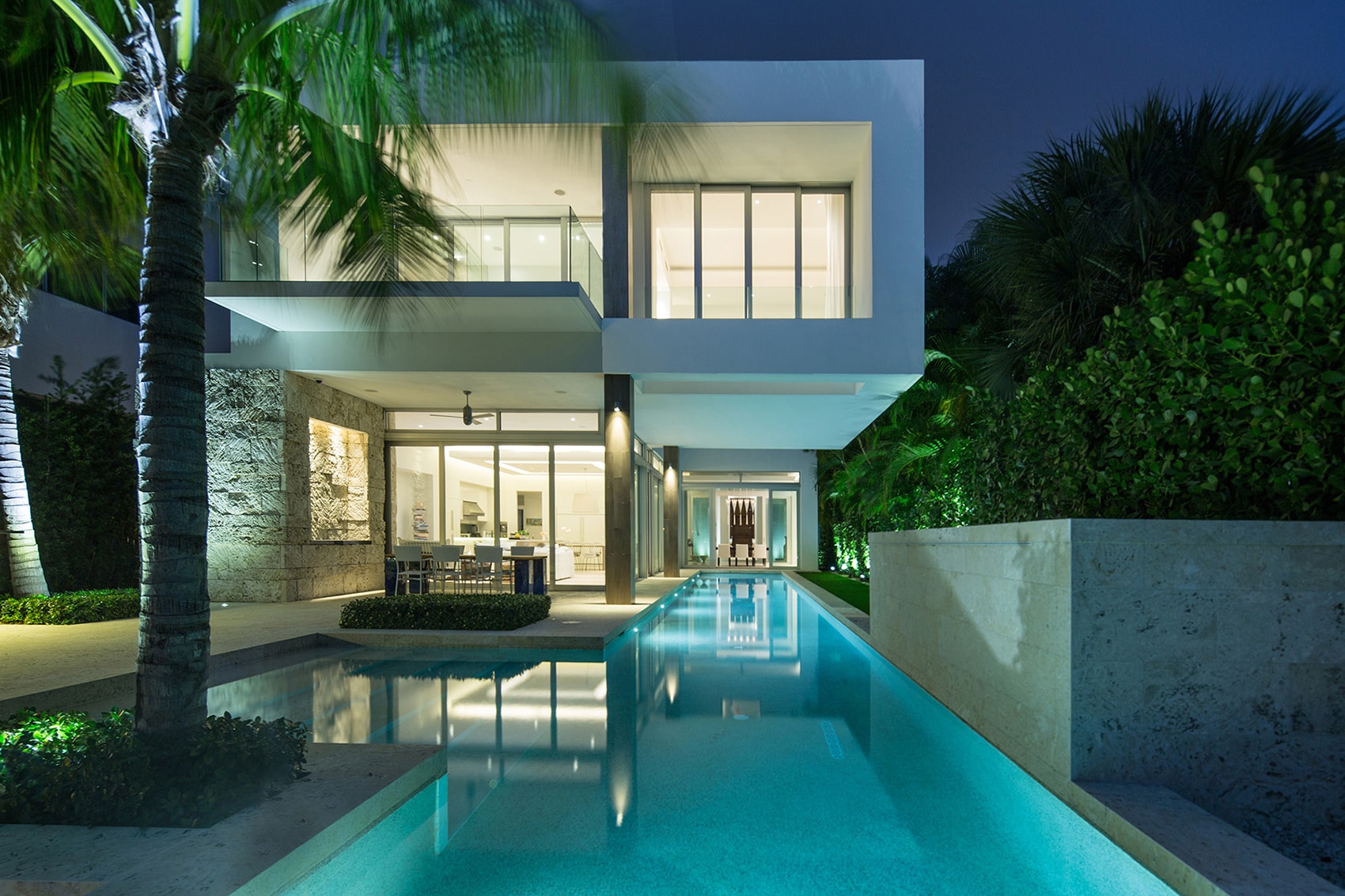Turning a blank or generic living space into something cozy and personal isn’t just about decorating—it’s about creating a place that feels like home. Whether you’ve just moved in or you’re looking to refresh your surroundings, making your space reflect your style and personality can bring a whole new level of comfort and joy to your everyday life.
In this post, you’ll discover practical tips for customizing your space, from adding personal touches to playing with color and lighting. These ideas will help you transform any room into a haven that’s uniquely yours—without stress or a hefty budget. Ready to start making your home your own? Keep reading to learn how!
Defining Your Vision
Before you dive into decorating or rearranging, it’s essential to have a clear idea of what you want your living space to feel like. Is your dream space calm and minimalist, or do you prefer something vibrant and full of life? Maybe you’re drawn to a cozy, eclectic mix of textures and colors. Whatever your style, defining your vision helps guide your choices, making it easier to pull everything together.
One great way to start is by creating a mood board or using design apps like Pinterest. These tools can help you collect ideas, color palettes, and decor inspiration that match the vibe you’re aiming for. But don’t get too caught up in trends—remember, this space is about you. It should reflect what makes you feel relaxed and comfortable, not just what’s popular right now.
As you plan, think about the balance between functionality and aesthetics. A beautifully designed room should also work for your lifestyle. Do you need plenty of storage? A quiet corner for reading? By focusing on both looks and practicality, you’ll create a space that not only looks great but also serves your needs.
Adding Personal Touches
Once you’ve nailed down your vision, it’s time to bring in elements that make your space truly yours. Customizing your ideal living space isn’t about spending a fortune or following strict design rules—it’s about adding details that reflect who you are.
Start by incorporating items that have personal meaning, like travel souvenirs, family photos, or pieces of art you love. These objects can instantly warm up a room and give it a sense of familiarity. DIY projects can also be a fun way to add personality without breaking the bank. Think handmade pillows, painted furniture, or even a gallery wall of your favorite prints.
Furniture arrangement plays a huge role too. Don’t hesitate to experiment with different layouts until you find one that feels just right. A well-placed armchair by a window or a cozy reading nook can make all the difference. It’s about shaping a space that flows well and feels comfortable for how you live. Little by little, these personal touches will transform any room from a blank canvas into a cozy haven that’s uniquely yours.
Colors, Textures, and Patterns
When it comes to creating a cozy atmosphere, the colors, textures, and patterns you choose can make all the difference. Color, in particular, plays a big role in setting the mood of a room. Softer tones like warm neutrals, earthy shades, or muted blues and greens can make a space feel more relaxing and inviting. If you prefer something bolder, you can still achieve coziness with deep, rich hues like navy, emerald, or burgundy, which add warmth without overwhelming the room.
Textures are another secret weapon for coziness. Layering different textures—think soft throws, plush rugs, and textured pillows—can create depth and make a room feel instantly more welcoming. Mix smooth surfaces like leather or polished wood with softer materials like wool, cotton, or velvet to strike the perfect balance. Even something as simple as swapping out curtains for heavier, more textured fabric can give a room a whole new feel.
Don’t forget about patterns! They’re a great way to add personality without overdoing it. You can incorporate patterns through rugs, pillows, or even wallpaper if you’re feeling adventurous. A few well-placed patterned pieces can break up the monotony and add visual interest, making the space feel more dynamic and lived-in.
The Power of Lighting
Lighting is often the unsung hero of interior design, but it has a major impact on how a space feels. The right lighting can turn a room from stark and sterile to soft and inviting with just a flick of a switch (or a string of fairy lights!). Natural light is ideal, so if you have windows, let that sunshine in! But when the sun goes down, your choice of artificial lighting is key.
To create a cozy, warm atmosphere, focus on soft, ambient lighting rather than harsh overhead lights. Floor lamps, table lamps, and wall sconces can help distribute light more evenly and create pockets of warmth in your space. Consider using dimmable lights or warm-toned bulbs to adjust the mood depending on the time of day or activity.
Adding candles or string lights to certain areas can also work wonders for making a space feel more intimate and relaxing. These little touches can completely transform a room, making it the perfect retreat after a long day. Lighting is one of those finishing touches that can tie everything together and bring out the best features of your cozy haven.
Bringing Nature Indoors
One of the easiest and most effective ways to breathe life into your living space is by bringing in a bit of nature. Adding plants or natural materials not only softens the look of a room but also promotes a calming atmosphere. Even a simple potted plant can make a huge difference, transforming a corner or windowsill into a fresh, inviting spot.
If you’re new to plants, don’t worry—start with easy-care options like succulents, snake plants, or pothos. These are great for beginners and add a touch of greenery without demanding much attention. If you’re feeling adventurous, you can experiment with larger statement plants like fiddle leaf figs or monstera.
Beyond plants, incorporating other natural elements such as wooden furniture, stone accents, or woven baskets adds texture and warmth to your space. These organic materials not only look good but help create a more balanced and grounded environment, connecting you to nature even while indoors. Biophilic design, which focuses on this integration of nature into your home, is proven to reduce stress and boost well-being—so it’s not just about looks, it’s about feeling good, too!
Conclusion
Creating a space that feels uniquely yours doesn’t require a massive budget or a team of designers. With a little planning and a few personal touches, you can transform any room from a blank canvas into a cozy haven that feels like home. Start by defining your vision, then add meaningful elements, play with color and texture, and let lighting and nature work their magic.
The process of personalizing your living space is all about making it reflect your personality and lifestyle. Whether you’re adding your favorite plants, rearranging furniture, or simply choosing a soft, inviting color palette, the small choices you make will add up to a space that’s comfortable, stylish, and completely you. So, don’t rush the journey—enjoy the process, and soon enough, you’ll have the perfect retreat that brings you joy every day.











